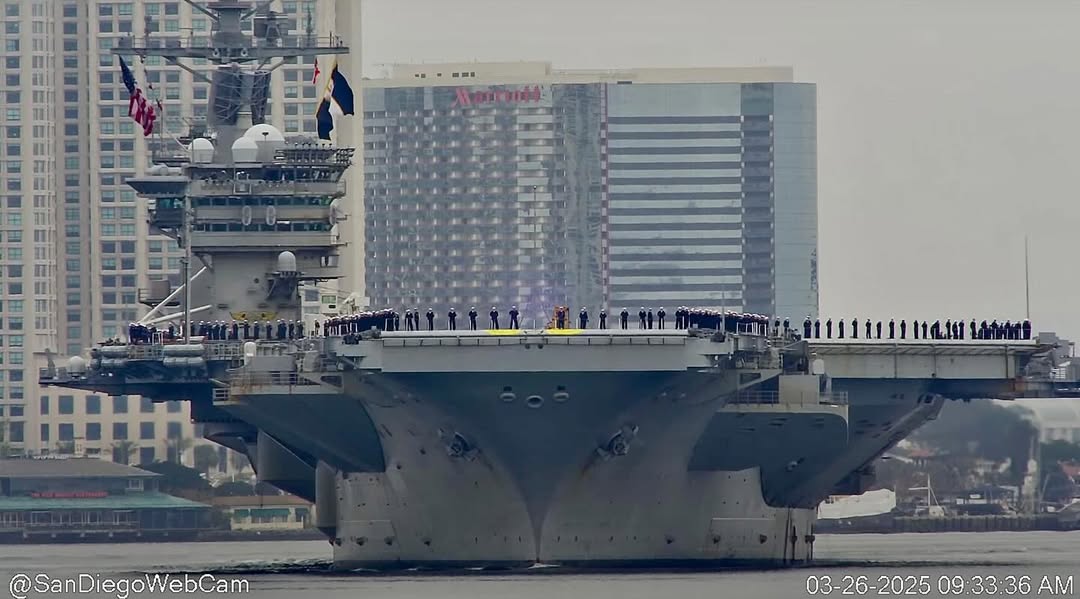USS Nimitz departs San Diego for its final deployment to the Pacific.
In a strategic expansion of military might, the U.S. has increased its naval and aerial presence in the Middle East, signaling a robust response to regional tensions, particularly with Iran. The Truman Carrier Strike Group continues operations in the Arabian Sea, targeting Houthi strongholds in Yemen, while the aircraft carrier, USS Carl Vinson, has been redeployed from the Western Pacific to the Middle East, according to U.S. Navy officials.
The presence of the French aircraft carrier FS Charles De Gaulle in the Horn of Africa and the Red Sea complements the U.S. efforts, underscoring an intensified international military collaboration in these strategically vital waters.
Further bolstering the U.S. posture in the region, the Air Force has deployed six B-2 bombers to Diego Garcia, enhancing America’s capability to conduct precision strikes. Additional fighter aircraft have also been sent to the Middle East, enhancing the operational readiness of U.S. forces in the area.
This buildup comes as the USS Nimitz and the USS Abraham Lincoln left their base in San Diego last week, with the Nimitz heading towards the Western Pacific and the USS Abraham Lincoln following shortly thereafter, marking a significant uptick in carrier movements.
These deployments are seen not only as a deterrent to the Iran-backed Houthis but also as a direct message to Iran itself. The strategic positioning of such formidable naval and air power in proximity to Iranian interests serves as a clear warning against further regional destabilization.
Officials from the U.S. Navy’s have not disclosed specific operational details for security reasons but have acknowledged the strategic importance of these movements in maintaining security and stability in the region.


